Chocolate Easter Eggs
Easter is one of those rare times in the year when you can eat as much chocolate as possible without the fear of friends giving you that judgy, sideways glance. Learn about the history of Easter chocolate eggs. Where did the heavenly idea of chocolate Easter bunnies and eggs come from? Let's find out!

As Easter approaches, you'll see friends and family getting their hands on tons of delicious Easter eggs and other goodies. But while you take your time peeling and wolfing down a Cadbury Creme Egg, have you ever wondered why we eat chocolate during Easter in the first place?
Grab yourself some sweet Easter goodies, and let's get into the history of it all!
Jesus, Bunnies, and Eggs
Easter is foremost a celebration of the Resurrection of Jesus on the 3rd day after his crucifixion. As Christians believe Jesus Christ was crucified on Good Friday and returned to life on Resurrection Sunday.
So, where do the eggs fit in?
Various civilizations, such as the Romans, Greeks, and Persians have always celebrated the renewal of the seasons and the arrival of spring with eggs – long before Christianity became a religion. Eggs have also been a symbol of rebirth and fertility for devout Christians.

The Easter eggs or Paschal eggs also symbolize the empty tomb Jesus resurrected from. The hard shell represents the egg, and the emerging chick represents Christ.
The Easter bunny and Easter eggs are fairly modern traditions. Back in the day, Christians mostly spent time in church celebrating Jesus' life.
Interestingly, in ancient times, the church's eating of eggs was not allowed during the Holy Week (the week leading up to Easter). So, any eggs laid during those 7 days were collected and decorated. These "Holy Week eggs" were then gifted to children.
This has now become the tradition that many people worldwide enjoy today.
Okay, but what about the chocolate?
Chocolate Eggs
It's unclear exactly why and when the chocolate Easter Eggs appeared, but we know that they first circulated in Germany and France in the 19th century. But in those days, chocolate was not as good as it is today. Those solid chocolate eggs tasted bitter, coarse, and grainy.
But in 1866, Cadbury came and forever changed the chocolate game. The company invented a revolutionary chocolate-making technique that gave us silky-smooth chocolate as we know it today. You have to thank Cadbury for those delicious, hollow chocolate eggs that first entered the market in 1875.
Cadbury Chocolate Eggs
When Cadbury introduced the goodness of milk chocolate eggs in 1905, chocolate lovers lost their minds!
Imagine how psyched those early 20th-century folks would have been if they had these modern-day selections of Cadbury chocolate like Cadbury Oreo Eggs or Caramilk Eggs!
Don't forget about the Easter Bunny!
Aah, the creature that lays eggs and then decorates and hides them for children to find (that are totally real btw!!)
The story of the Easter Bunny or Oster Haws started making rounds in the 19th century. Since rabbits generally give birth to a litter of baby bunnies, they were also considered a symbol of new life.

So, baby bunnies = new life = Resurrection of Jesus Christ. See the coorelation?
And eventually, the fictional bunny Oster Haws was born. As many children are led to believe, Haws is a magical bunny that delivers presents. As the tradition goes, kids have to build small nests where the grown-ups place decorated eggs…that Oster Haws allegedly laid.
Easter Eggs as Gifts
Hundreds of years ago, Easter eggs were duck or hen eggs that people used to decorate in dazzling colours with charcoal and vegetable dye. Today, many cultures, including orthodox Christians, take egg decorating very seriously, with artistic patterns made from food colouring, flowers, sequins, and whatnot.
During the 17th and 18th centuries, people gave egg-shaped toys to children at Easter. The Victorians were known for gifting cardboard-made eggs that were filled with Easter chocolates.
And, of course, there were the Faberge eggs! These incredible jewelled eggs were created by Peter Carl Faberge sometime during the 19th century for the Russian Imperial Family. These extravagant eggs were initially designed as Easter gifts and were handcrafted using diamonds, gold, pearls, emeralds, and several other semi-precious stones.

Choose Easter Candy and Chocolates from Candy Funhouse!
The delightful Easter candies from Candy Funhouse will sweeten any Easter basket. Our Candyologists have ensured you can make the most creative choices when decorating your Easter basket or hiding an egg during the Easter egg hunt!
Check out our selection of Easter candy!



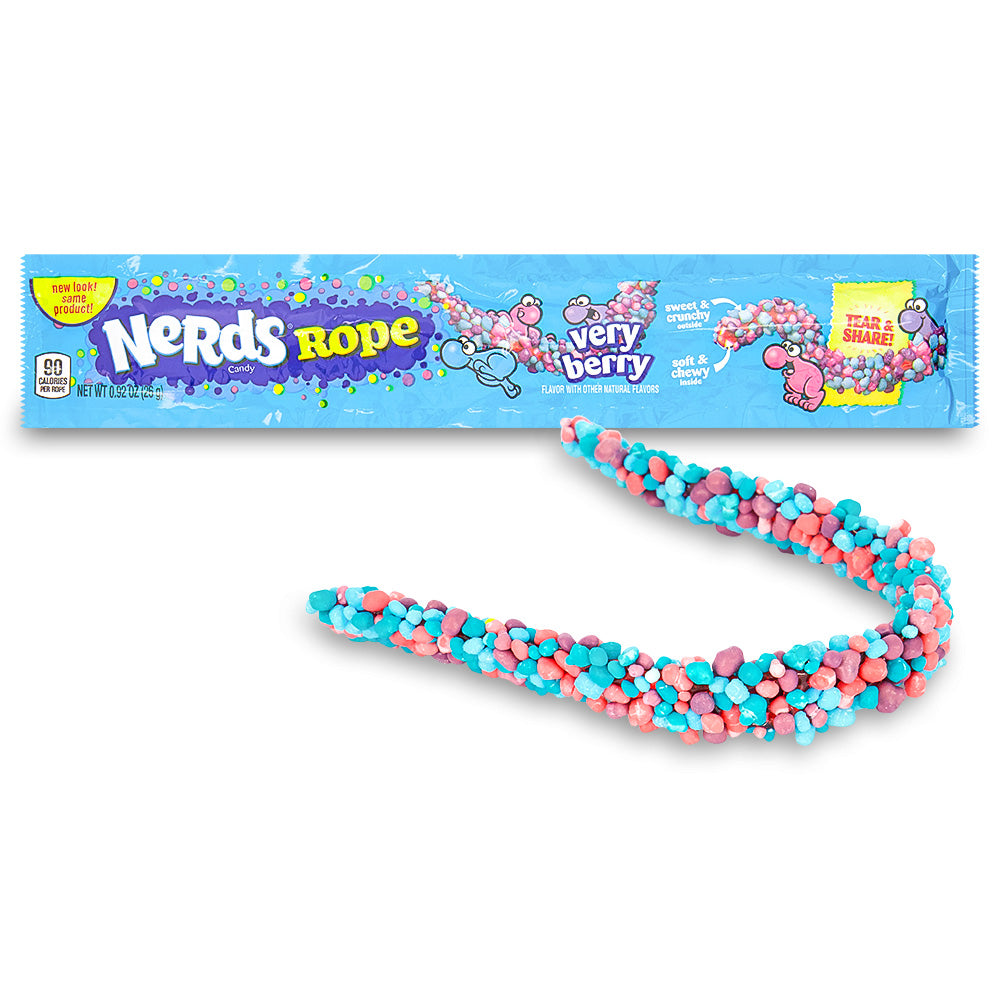
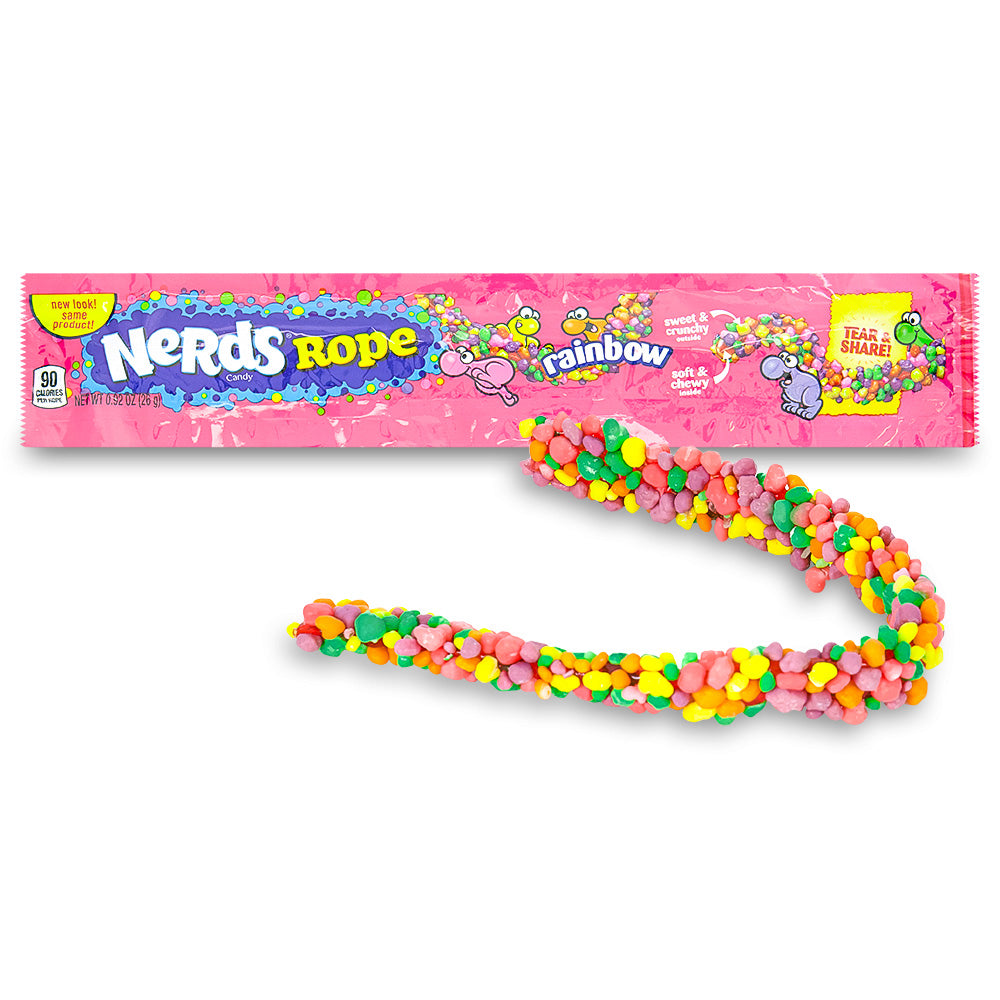

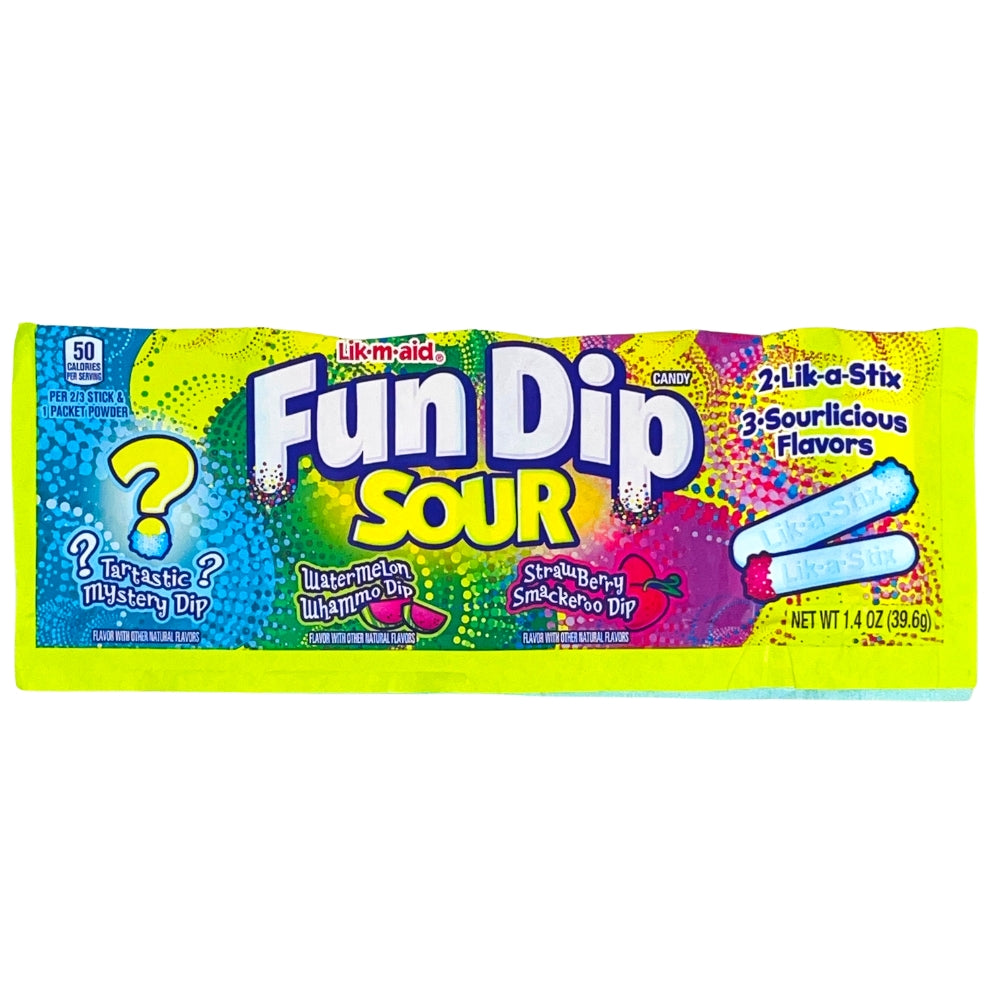

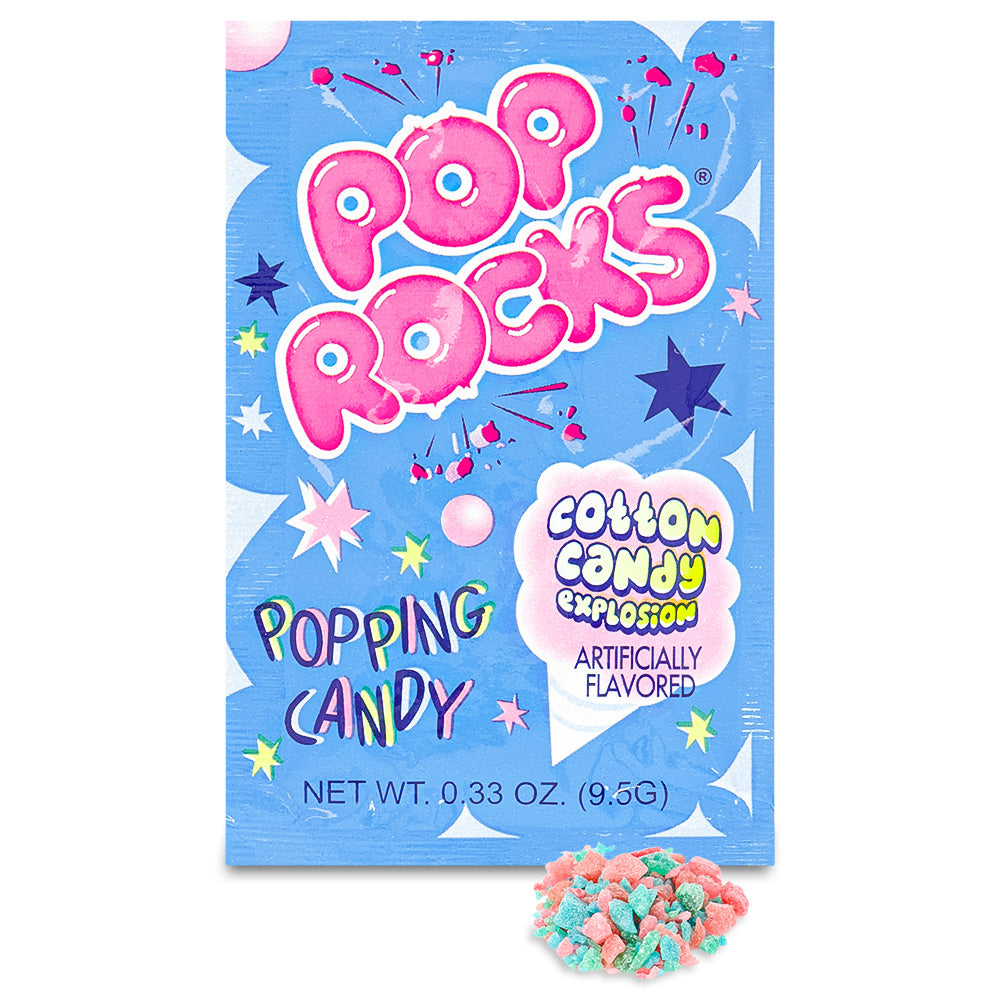
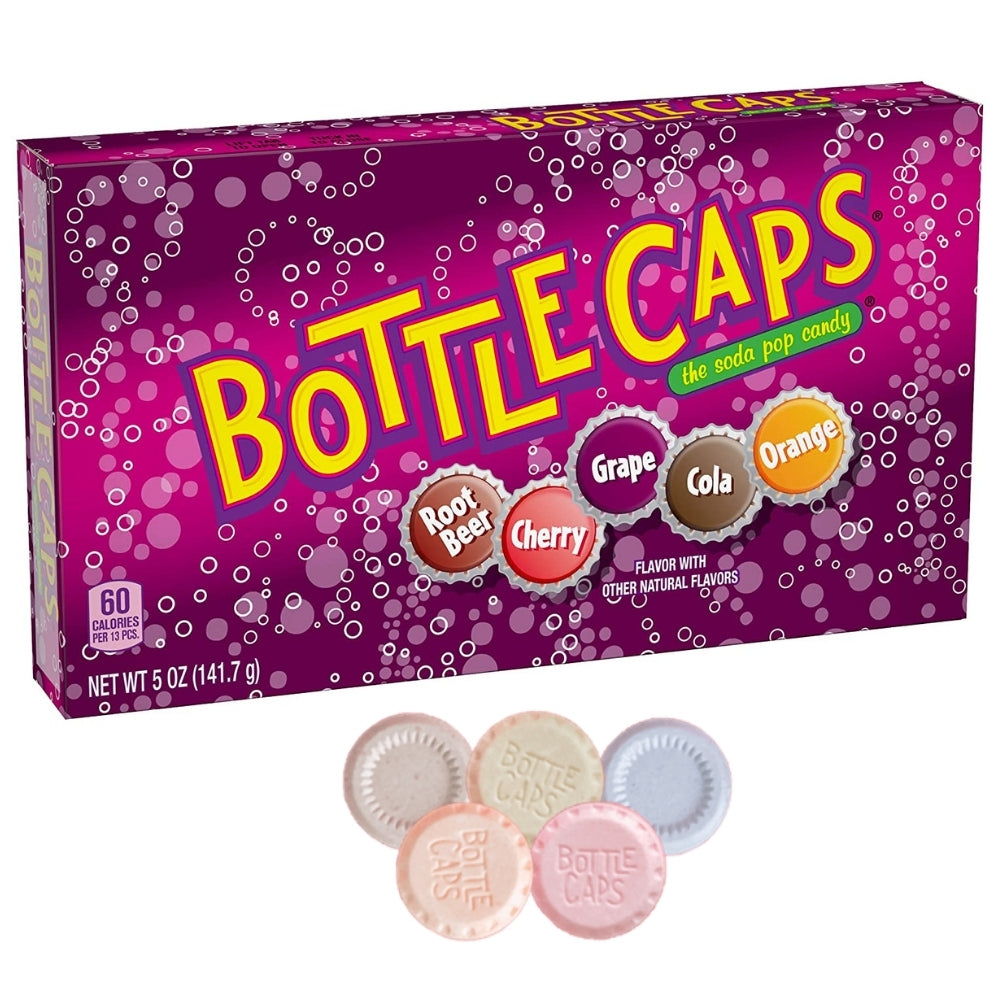
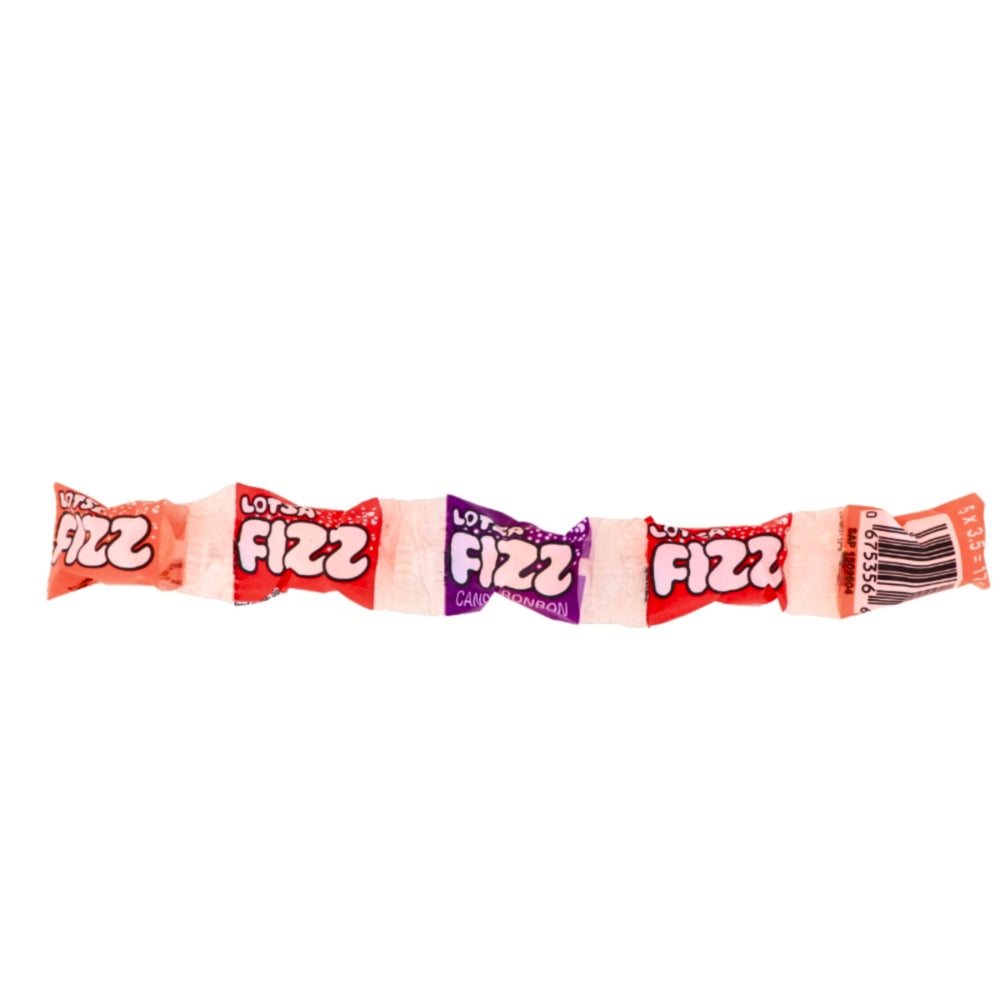
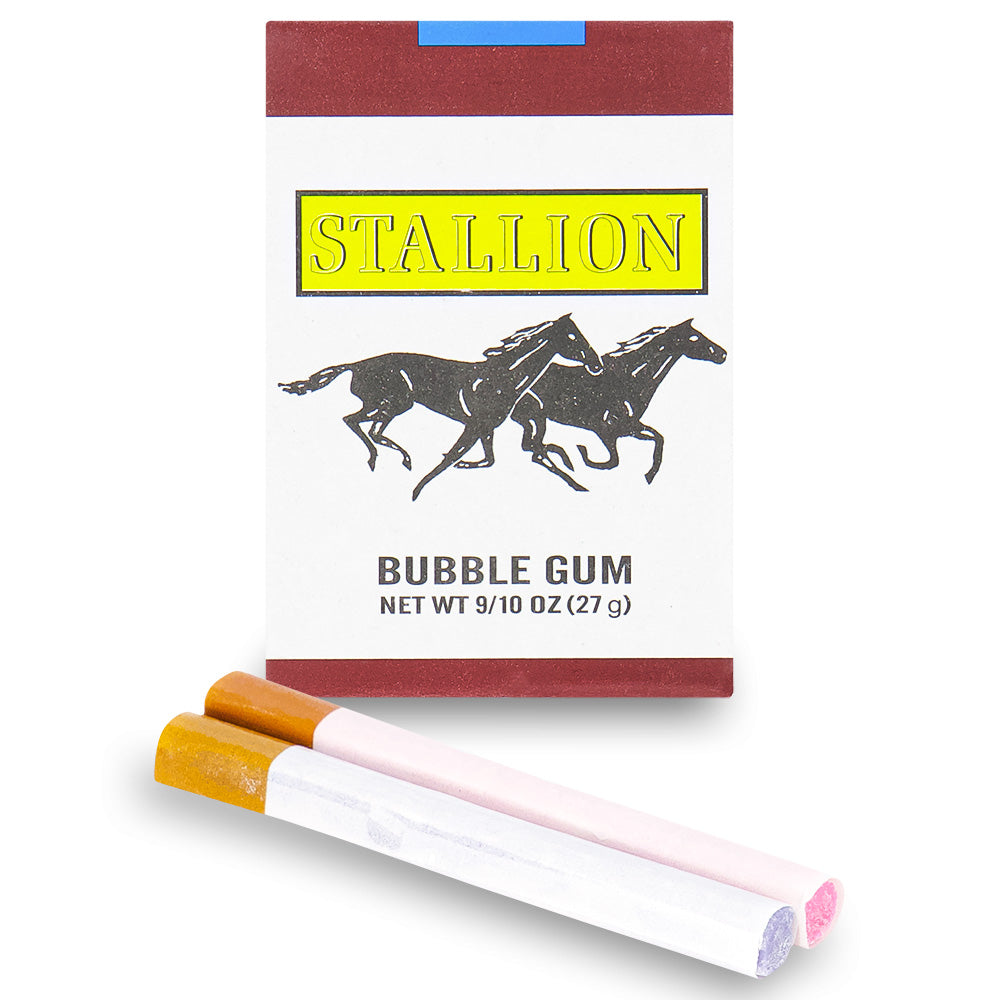

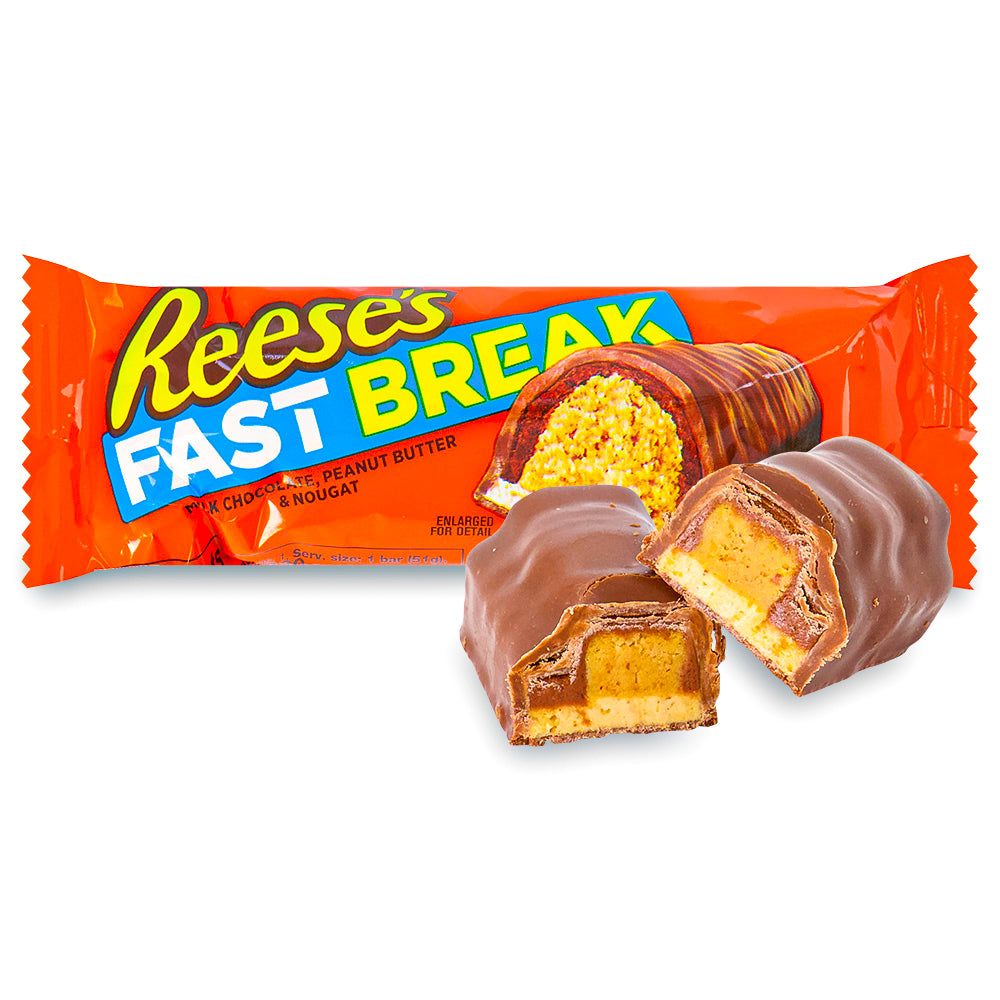
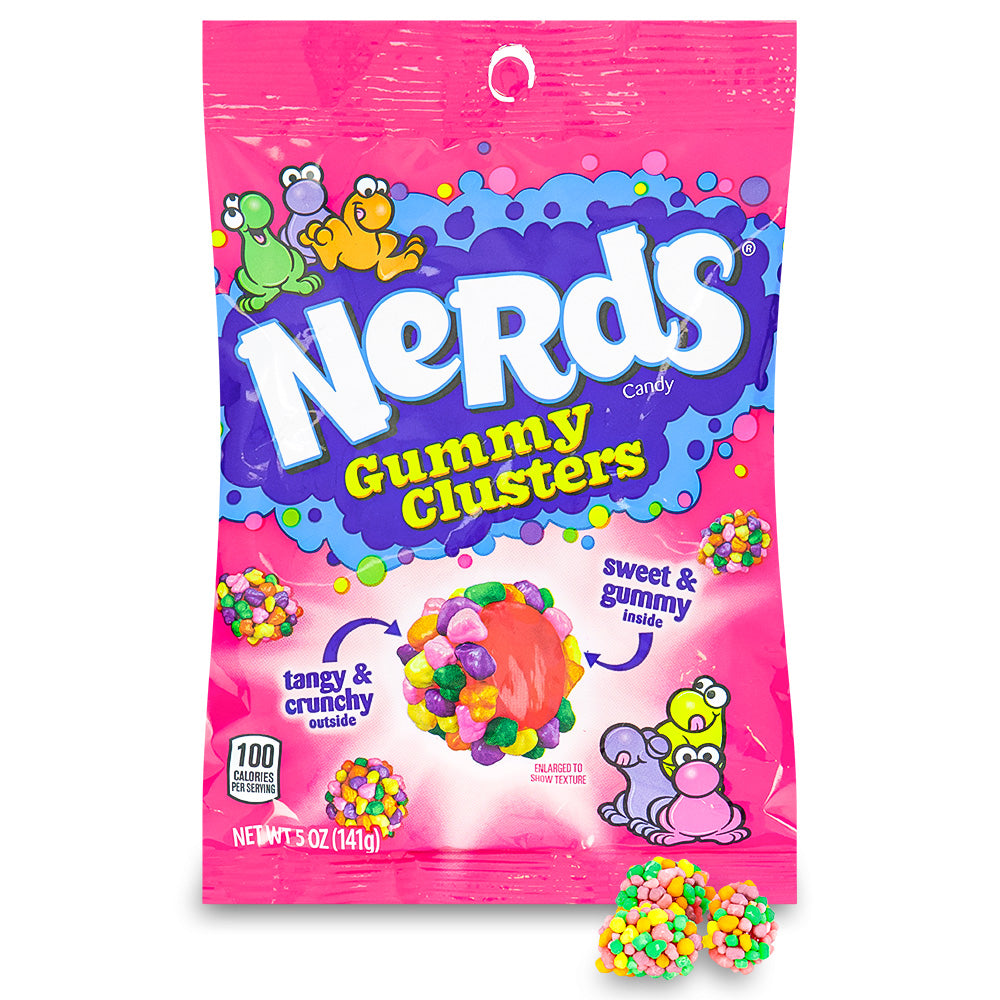
1 comment
Hi there!
I am so pleasantly overwhelmed by the fact that you actually mention on ur site the true meaning of Easter! Thank u for that!! Its truly appreciated.
I was looking to place an order but ur sold out of David’s Sunflower Seeds, jumbo original . Kindly let me know when you’re back in stock. I have to buy them in the states cuz they r impossible to find in Mtl…..until I discovered ur website.
Thx!